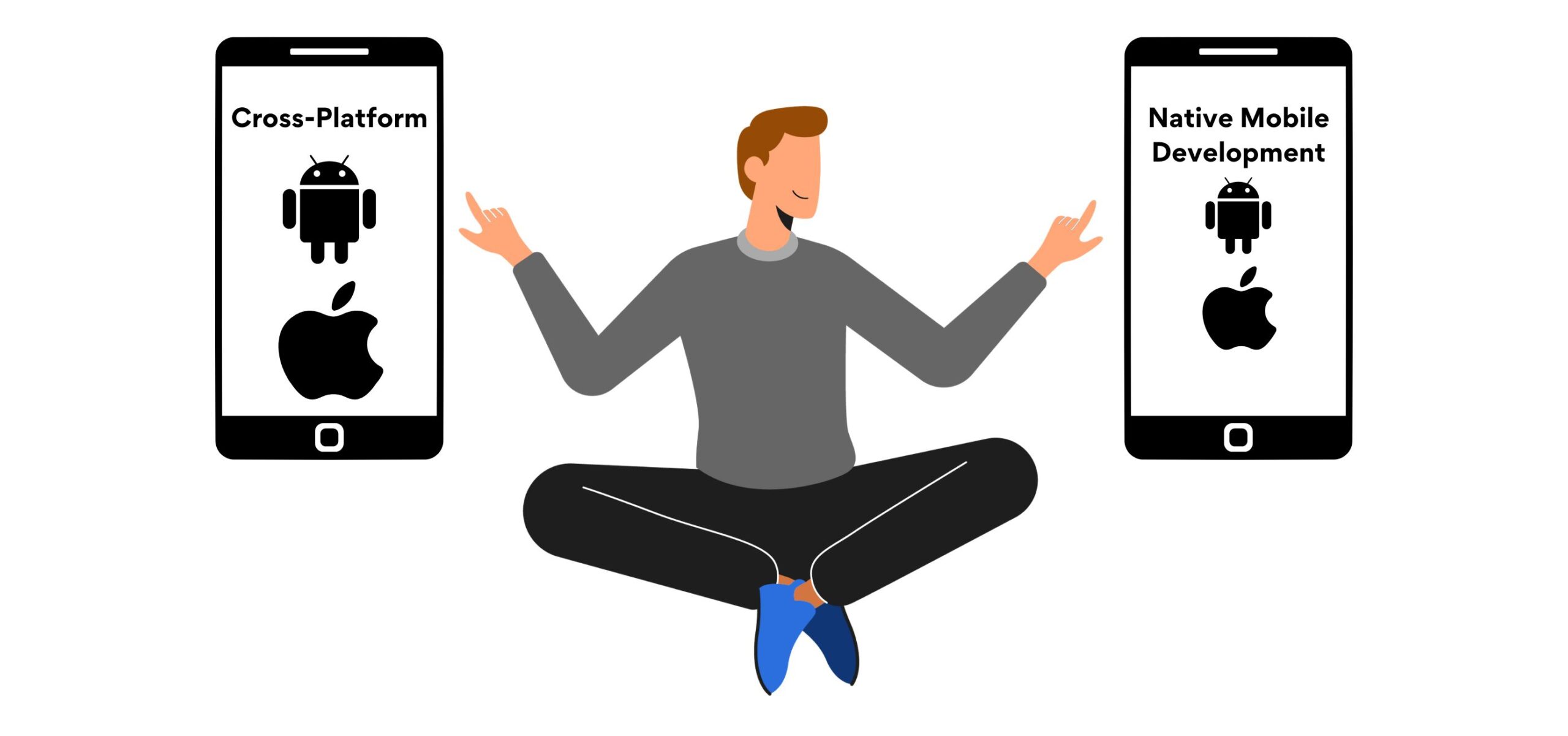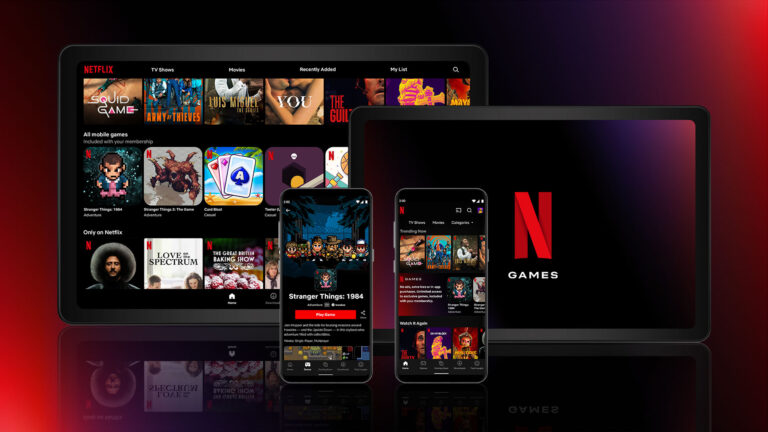Mobile Developer Android And IOS: Mastering Cross-Platform Skills
Mobile Developer Android and iOS develop applications for both Android and iOS platforms, creating user-friendly and engaging experiences for mobile users. Now let’s dive into the topic of mobile development, specifically focusing on the Android and iOS platforms.
Mobile development has become an integral part of our lives, with smartphones and tablets being used for various purposes such as communication, entertainment, and productivity. To cater to the diverse needs of mobile users, developers specializing in Android and iOS platforms play a crucial role in designing and building mobile applications.
These professionals possess a deep understanding of the respective platforms’ capabilities and leverage their programming skills to create seamless and high-performing apps. We will explore the essential skills, tools, and technologies required for mobile developers focusing on Android and iOS platforms.
The Evolution Of Mobile Development
The world of mobile development has come a long way since its inception. From the early days of feature phones to the modern smartphones we have today, the evolution of mobile development has been remarkable. In this article, we will explore the journey of mobile development, focusing on the shift from native to cross-platform development.
Ufrom Native To Cross-platform/u
Native development refers to developing mobile apps specifically for a particular platform. In the early days, developers had to create separate apps for Android and iOS using different programming languages and development tools.
However, as the demand for mobile apps grew, developers began to search for more efficient ways to build apps that could work on multiple platforms. This led to the rise of cross-platform development frameworks like Xamarin, React Native, and Flutter.
Xamarin allows developers to build mobile apps using a single codebase that can be shared across multiple platforms. It uses the C# programming language and offers a wide range of native UI controls, making it a popular choice among developers.
React Native, developed by Facebook, utilizes JavaScript and allows developers to build mobile apps that can run on both Android and iOS. It provides a smooth and efficient development experience, enabling developers to create high-quality apps quickly.
Flutter, developed by Google, is an open-source UI toolkit that allows developers to build native-like apps for Android and iOS from a single codebase. It uses the Dart programming language and provides a rich set of pre-built UI components, making development faster and more efficient.
As cross-platform development frameworks have continued to evolve, they have become increasingly popular among developers. These frameworks offer numerous advantages, such as code reusability, faster development cycles, and reduced costs. They allow developers to reach a wider audience by targeting multiple platforms with a single codebase.
While native development still holds its place for certain specialized requirements, the shift towards cross-platform development has revolutionized the mobile development industry. It has made it easier for developers to create high-quality and feature-rich apps that can cater to a diverse audience.
The evolution of mobile development from native to cross-platform has opened up new opportunities for developers and businesses alike. With the advent of frameworks like Xamarin, React Native, and Flutter, developers can build apps that run seamlessly on both Android and iOS, saving time, resources, and effort. As technology continues to advance, the journey of mobile development is likely to bring even more innovative solutions in the future.

Credit: www.turing.com
Mastering Android Development
When it comes to mobile development, mastering Android development is crucial. With a vast user base and continuous growth, Android offers immense opportunities for developers to showcase their skills and create innovative applications. In this blog post, we will explore the key aspects of Android development that every developer should understand to excel in this field.
Understanding Kotlin
Kotlin is a modern programming language that has gained significant popularity among Android developers. It offers numerous advantages over traditional languages like Java, including concise syntax, null safety, and enhanced productivity. By understanding Kotlin, developers can write code that is easier to read, maintain, and debug, ultimately speeding up the development process.
Ui/ux Design Principles
No matter how powerful the functionalities of an app are, if it fails to provide a seamless and visually appealing user interface, it may not attract and retain users. Therefore, mastering UI/UX design principles is essential for Android developers. By focusing on factors such as responsiveness, intuitive navigation, and visual aesthetics, developers can create engaging user experiences and ensure the success of their applications.
Keeping user accessibility in mind is equally crucial. Android provides numerous tools and resources to optimize apps for a variety of devices and screen sizes. By implementing responsive design techniques and following accessibility guidelines, developers can provide an inclusive experience to all users, regardless of their abilities. This not only enhances user satisfaction but can also positively impact the app’s rankings in search results.
Exploring Ios Development
Are you interested in becoming an iOS developer? Look no further as we dive into the exciting world of iOS development. In this blog post, we will cover everything you need to know about iOS development, from the Swift programming language to the App Store guidelines. So, let’s get started!
Swift Programming Language
The Swift programming language is a powerful and intuitive language developed by Apple specifically for iOS, macOS, watchOS, and tvOS app development. With its easy-to-read syntax, Swift allows developers to write clean and efficient code that is both safe and reliable. Its robust features, such as optionals and type inference, make Swift a popular choice among developers looking to build high-quality iOS applications.
Not only does Swift offer great performance, but it also promotes faster development with its interactive playgrounds, allowing developers to experiment and test code in a more interactive and engaging way. Additionally, Swift is fully compatible with Objective-C, meaning you can seamlessly incorporate existing Objective-C code into your Swift projects.
App Store Guidelines
When developing iOS applications, it’s crucial to adhere to the App Store guidelines set by Apple. These guidelines ensure that your app meets the quality standards and provides a consistent and positive user experience. From the design and functionality to the content and privacy policies, following these guidelines is essential for getting your app approved and published on the App Store.
Some key considerations when it comes to App Store guidelines include designing your app with intuitive navigation and user-friendly interfaces, providing valuable and relevant content, and ensuring your app follows best practices for privacy and data security. By adhering to these guidelines, you can enhance the discoverability and success of your iOS app in the App Store.

Credit: www.linkedin.com
Cross-platform Development Tools
For mobile developers working on Android and iOS, cross-platform development tools provide a seamless solution for creating apps that work on multiple platforms. These tools streamline the development process, allowing for efficient coding and easier maintenance of apps across different devices, leading to a faster time to market for new applications.
When it comes to mobile app development, having the flexibility to build apps for both Android and iOS platforms can be a game-changer. Cross-platform development tools allow developers to write code once and deploy it on multiple platforms, saving time and effort. Let’s take a closer look at some popular cross-platform development tools:
React Native
React Native is a powerful cross-platform development framework that enables developers to build native-like mobile apps using JavaScript. It combines the best of both worlds – the performance and efficiency of native apps with the simplicity and ease of use of web development. With React Native, developers can create visually appealing and highly interactive apps that deliver seamless user experiences across different devices and platforms.
Flutter And Dart
Flutter is Google’s open-source UI toolkit for building natively compiled applications for mobile, web, and desktop from a single codebase. With Flutter, developers can create stunning, high-performance apps that seamlessly run on both Android and iOS platforms. Flutter uses the Dart programming language, which is easy to learn and offers a range of features and tools to streamline app development.
Some key advantages of using Flutter are:
- Fast Development: Flutter’s hot reload feature allows developers to see their changes instantly, making the development process faster and more efficient.
- Beautiful UI: Flutter offers a rich set of customizable UI widgets, enabling developers to create visually appealing and engaging user interfaces.
- Performance: Flutter apps are compiled to native code, resulting in high performance and smooth animations.
- Access to Native Features: Flutter provides plugins that allow developers to access native platform features and APIs, giving them the flexibility to build powerful and feature-rich apps.
By leveraging the power of cross-platform development tools like React Native and Flutter, developers can save time, reduce costs, and reach a wider audience with their mobile apps. Whether you choose React Native or Flutter, these frameworks offer robust solutions for building cross-platform mobile apps that meet the demands of today’s fast-paced digital world.
Building High-quality Cross-platform Apps
Building High-Quality Cross-Platform Apps is essential for mobile developers looking to reach a wider audience with their applications. The ability to develop for both Android and iOS platforms not only saves time and resources but also ensures a consistent user experience across different devices. In this article, we will explore key strategies for creating high-quality cross-platform apps, with a focus on optimizing performance and testing and debugging.
Optimizing Performance
One of the crucial aspects of building cross-platform apps is optimizing their performance to provide a smooth and responsive user experience. Developers should pay attention to reducing app size, optimizing graphics and animations, and implementing efficient code to minimize battery consumption and improve loading times. Utilizing native development tools and optimizing for the specific requirements of each platform can significantly enhance app performance. By focusing on performance optimization, developers can ensure that their app runs smoothly on a wide range of devices.
Testing And Debugging Strategies
Testing and debugging are fundamental stages in the development of cross-platform apps. Effective testing and debugging strategies are essential to identify and resolve compatibility issues, bugs, and performance bottlenecks. Developers should leverage cross-platform testing frameworks and tools, conduct thorough compatibility testing across different devices and OS versions, and utilize real-time debugging to address any issues promptly. Through comprehensive testing and debugging, developers can ensure the reliability and stability of their cross-platform apps.

Credit: www.appfutura.com
Conclusion
To sum up, a mobile developer specializing in Android and iOS holds immense value in today’s digital era. Their expertise in creating efficient and user-friendly applications caters to the needs of a wide range of users. By staying updated with the latest technology trends, a mobile developer can deliver innovative solutions that enhance user experiences.
Whether it’s building captivating interfaces or optimizing performance, their skills bridge the gap between functionality and user satisfaction. Embracing this dynamic field opens up endless opportunities for success and growth. Ultimately, a talented mobile developer plays a vital role in shaping the future of mobile technology.





